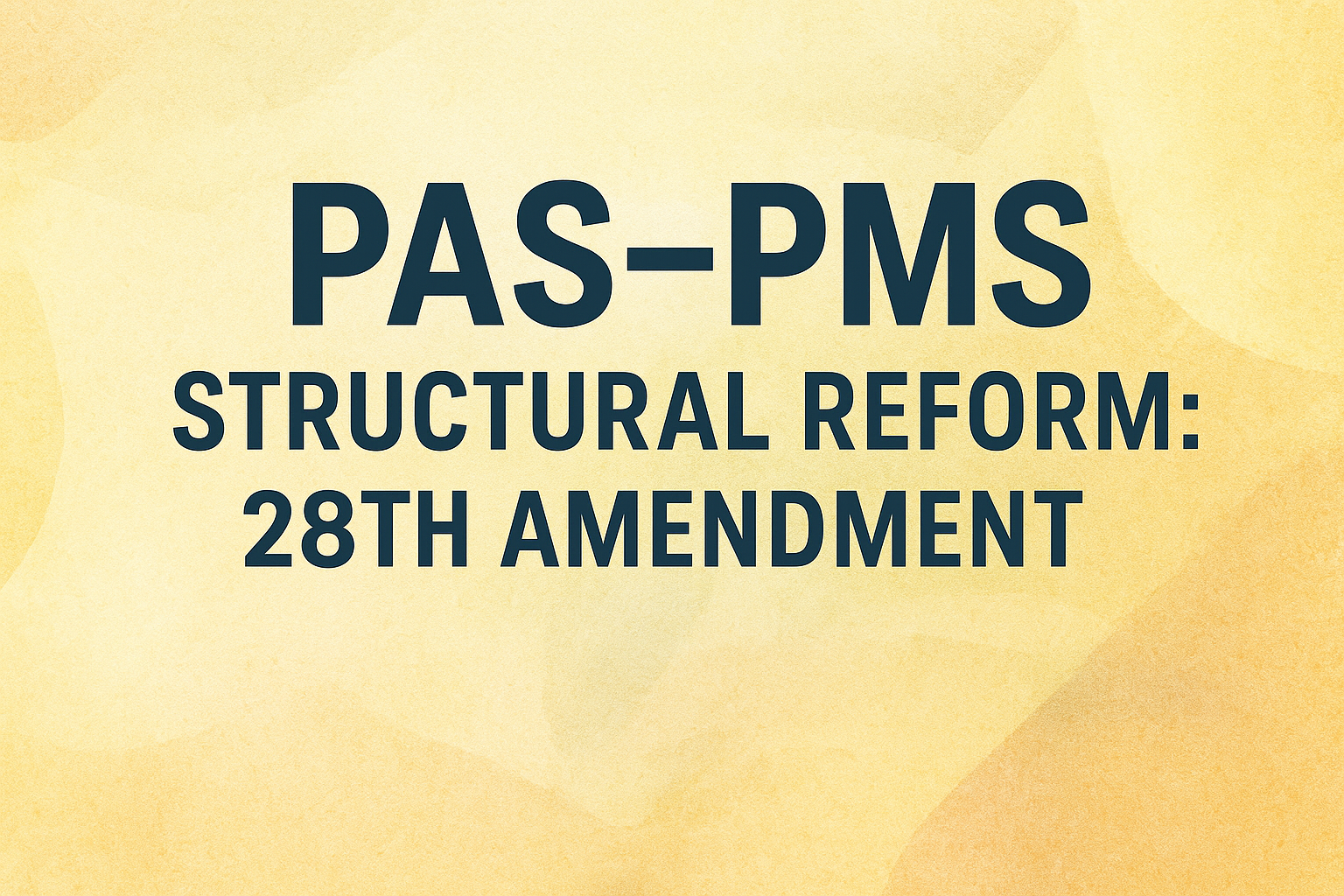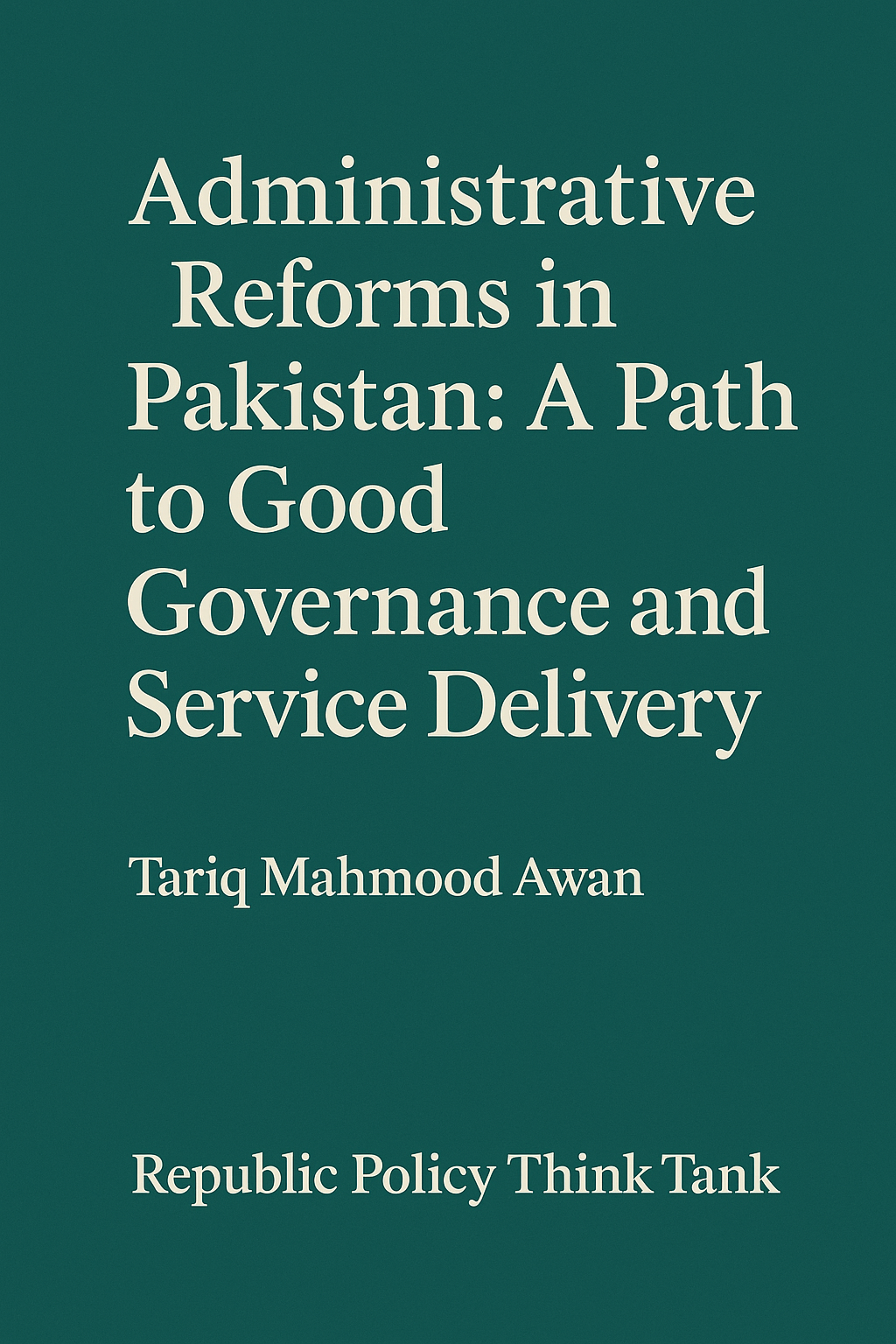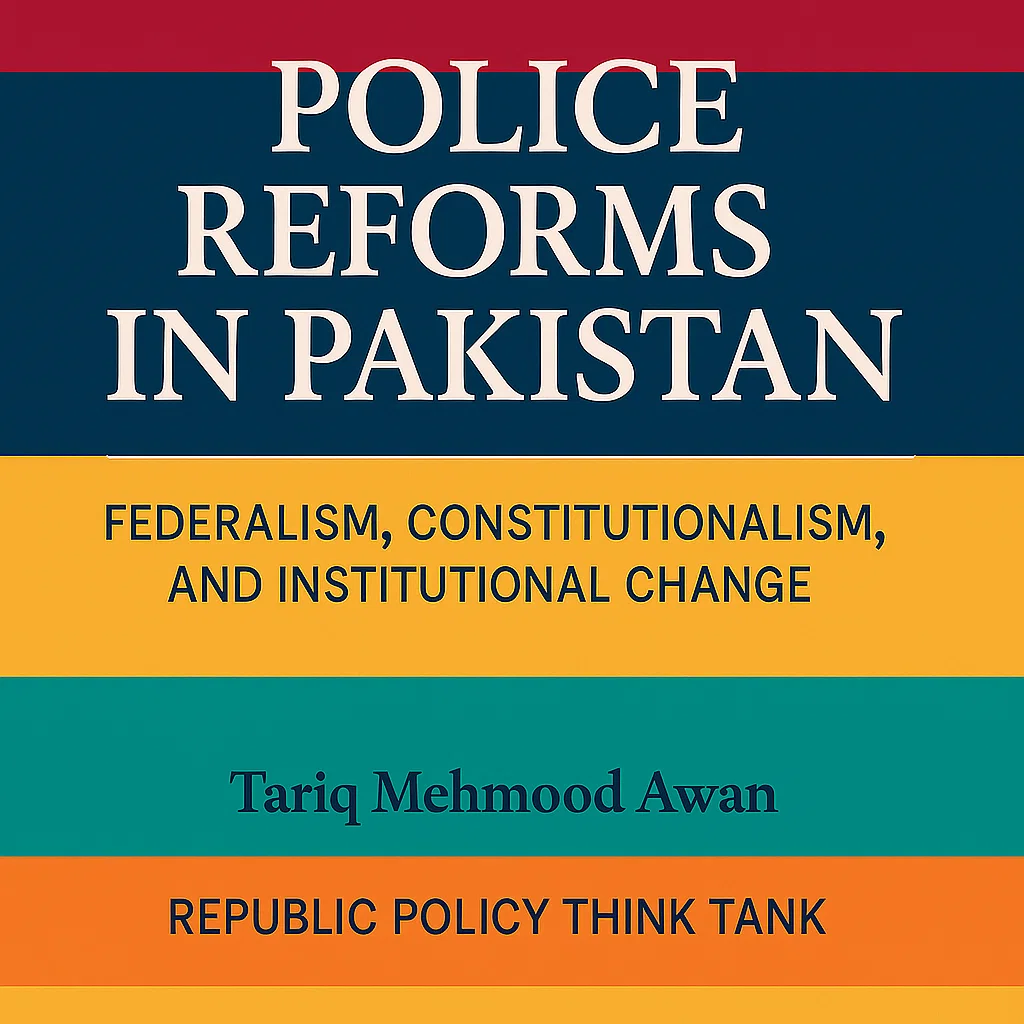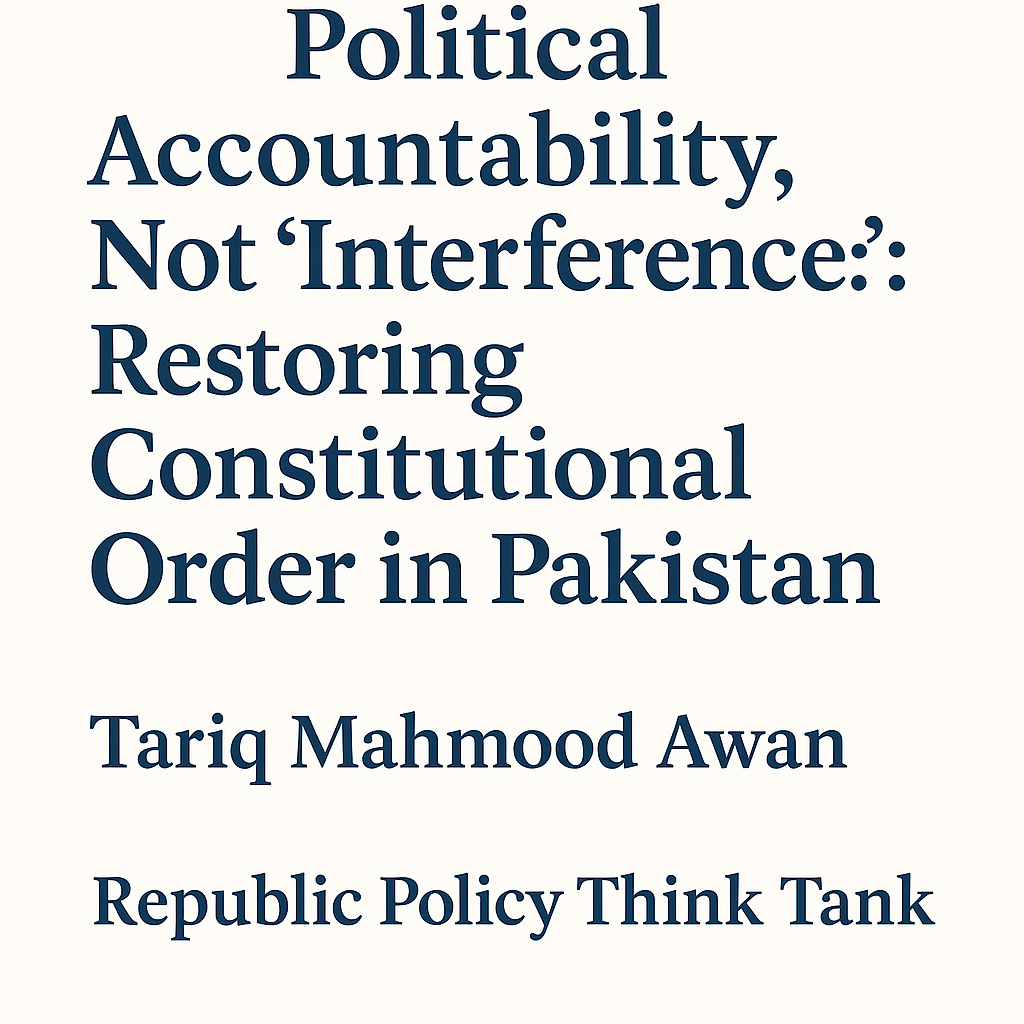Mubashir Nadeem
Standards, methods, and operations of a qualitative Public Human Resource Management organization are meant to develop Public Human Resources and Civil Servants for the objectives and operations of the governance. Public human resource management (PHRM) is the process of planning, organizing, directing, and controlling the human resources of a public organization. It is responsible for attracting, selecting, developing, and retaining qualified and motivated employees to deliver public services.
A qualitative PHRM organization is one that is committed to developing high-performing public human resources and civil servants. The following standards, methods, and operations characterize it:
Standards:
Strategic alignment: PHRM is aligned with the organization’s overall strategic goals and objectives.
Competency-based management: PHRM is based on the principle that employees should be selected and developed based on their competencies, which are the knowledge, skills, and abilities needed to perform their jobs effectively.
Performance management: PHRM includes a robust performance management system that sets clear goals and expectations, provides regular feedback and rewards and recognizes high performance.
Continuous learning and development: PHRM provides employees with opportunities for continuous learning and development to help them grow and develop their skills and knowledge.
Diversity and inclusion: PHRM is committed to creating a diverse and inclusive workplace where all employees feel valued and respected.
Methods:
Data-driven decision making: PHRM decisions are made based on data and evidence rather than intuition or gut feeling.
Collaboration and participation: PHRM involves collaboration and participation from stakeholders across the organization, including employees, managers, and unions.
Innovation and best practices: PHRM organizations are constantly innovating and adopting best practices to improve their effectiveness.
Operations:
Recruitment and selection: PHRM organizations use rigorous recruitment and selection processes to ensure that they hire the most qualified and talented employees.
Training and development: PHRM organizations provide employees with high-quality training and development opportunities to help them develop the skills and knowledge they need to be successful.
Performance management: PHRM organizations have a robust performance management system in place to set clear goals and expectations, provide regular feedback, and reward and recognize high performance.
Compensation and benefits: PHRM organizations offer competitive compensation and benefits packages to attract and retain top talent.
Employee relations: PHRM organizations maintain positive and productive employee relations by promoting fair treatment, open communication, and conflict resolution.
How can a qualitative PHRM organization develop public human resources and civil servants?
A qualitative PHRM organization develops public human resources and civil servants through a variety of means, including:
Strategic workforce planning: PHRM organizations conduct strategic workforce planning to identify their future human resource needs and develop strategies to meet those needs.
Talent management: PHRM organizations implement talent management programs to identify, recruit, develop, and retain high-potential employees.
Leadership development: PHRM organizations invest in leadership development programs to prepare employees for leadership roles in the organization.
Succession planning: PHRM organizations have a succession plan in place to identify and develop potential successors for key leadership positions.
Knowledge management: PHRM organizations capture and share knowledge and best practices across the organization to help employees learn and grow.
Performance management: PHRM organizations use their performance management system to identify employees’ strengths and weaknesses and develop individualized development plans.
Learning and development: PHRM organizations provide employees with access to a variety of learning and development opportunities, including formal training courses, workshops, and on-the-job training.
Please, subscribe to the website of republicpolicy.com
A qualitative PHRM organization is essential for developing high-performing public human resources and civil servants. By adhering to the standards, methods, and operations outlined above, PHRM organizations can help to ensure that the public sector has the skilled and motivated workforce it needs to deliver high-quality services to citizens. Presently, in Pakistan, there are Establishment Division and Provincial Services and General Administration Departments, which are empowered and tasked to perform the human resources management of the public civil servants. However, it is a matter of concern that both organizations have yet to deliver on the human resource standards, planning, development and outcomes. The primary fault line is that both organizations are not being run by experts in human resources management but rather by the typical generalist civil servants who need more skills to run efficiently the Establishment Division and S&GADs.
The writer is director programs republicpolicy.com
Please, subscribe to the YouTube channel of republicpolicy.com















